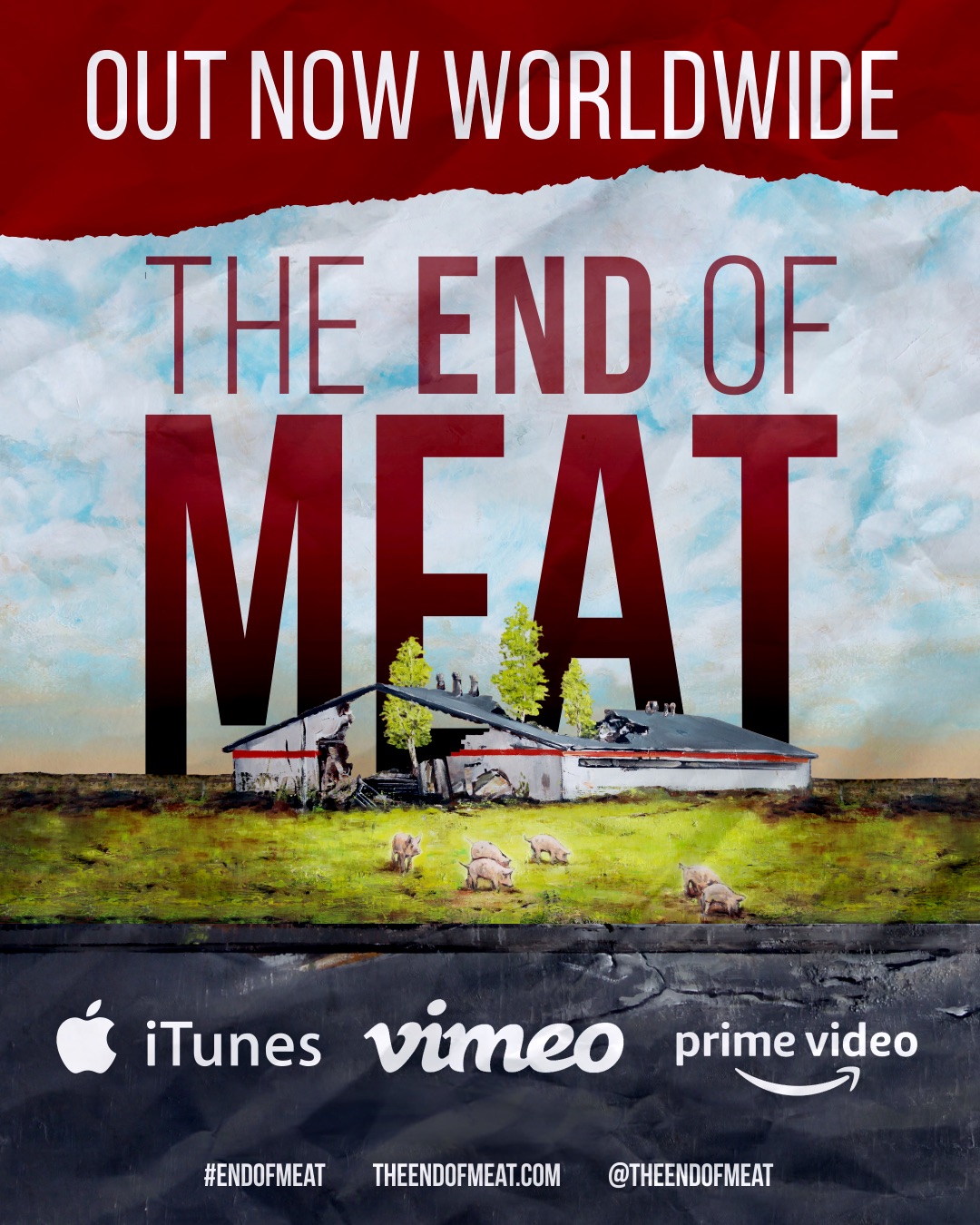I am standing on a dusty, half-paved road. Motorcycles, scooters, rickshaws and buses bustle in and out of town. To my left, several vendors showcase their wares. Colorful bags of chips and chewing gum packages hang from small concrete stalls, and behind glass panes are antique cell phones and pushcarts piled high with bananas, oranges, grapes and apples. It is noon and very hot. In front of me stands a white metal sign painted with Hindi characters, and in English: This sign marks the border to the vegetarian zone. No meat, fish or eggs may be consumed, stored or prepared in this zone. I am in Palitana, India, the world’s first vegetarian city.
Located in the state of Gujarat in Northeast India, 300 kilometers north of Mumbai, Palitana is considered one of the most important pilgrimage sites for the Jains, a religious minority in India with about four million followers (accounting for about .4% of the country’s total population). Jains are lacto-vegetarians who likewise consume no root vegetables — such as onions, potatoes and carrots — in order to avoid injuring small insects and microorganisms during harvest. Their belief system stems from ahimsa, the principle of nonviolence towards all living things.
I’d long been aware of the Jains, but only learned about Palitana in 2015 while conducting research for The End of Meat, my documentary envisioning a post-meat planet. I was immediately intrigued by this sacred place and wondered what daily life there might look like, as well as how the city’s ban on animal products originated. After all, this was exactly what I’d been seeking — a model environment highlighting the benefits and drawbacks along the proverbial path to a meat-free world.

Offended by the sight and odor of flesh surrounding the temples during their pilgrimage, in 1999 the Jains established a vegetarian zone — 250 meters to either side of the main road — through a campaign led by the monks. Butchers in this zone were even compensated to abandon their profession! Needless to say, not everyone was happy about the ban. For instance, the Muslim community — accounting for about 25% of the city’s population — felt their religious beliefs had been violated, and protested severely. Additionally, makeshift slaughterhouses came into existence, many still operating today. Picture a solitary room where an animal’s life is taken in the morning and by noon he or she is reduced to body parts sold in secret. This begs the question: Was outlawing meat the right decision?
In my search for answers, I discovered this to be an extremely sensitive subject. Both the police chief and the magistrate declined to be interviewed on camera. In 2014, when the monks made international headlines by announcing a hunger strike until officials declared Palitana a vegetarian city, officials intervened telling them they would take the issue to the district court. So far, no decision has been reached.
Overall, religion and diet taken together present a confusing powerplay in India. The BJP, the ruling Hinduist party, is trying to make it more difficult for Muslims to consume animals — and not necessarily for ethical reasons. Angry mobs have killed people known to have consumed cow, the country’s holy animal. However, holy as they may be, countless cows regularly roam the streets of India in search of food, often dining on a diet of dumpster finds, including non-food items like plastic. Countless bovines expire on the streets of India, be it due to malnourishment, being mowed down by traffic, or some other injury or illness. So much for sacred. Needless to say, the vegetarian city is not quite as I had hoped to find it. But I learned that a ban on meat won’t succeed if the majority of the population is not convinced it is the right thing to do.
Beyond India, for this film I traveled to seven countries and spoke with philosophers, scientists, artists, entrepreneurs and activists — all working towards this shared vision of a future without meat. I met Esther the Wonder Pig; talked to pioneers leading the vegan movement in Germany; witnessed rescued farm animals enjoying their newfound freedom; and observed future food innovators making meat and cheese without the animals. The result is a movie that reveals the hidden impact of meat consumption; explores the opportunities and benefits of a shift to a more compassionate diet; and raises critical questions about the future role of animals in our society.
Marc Pierschel is an award-winning filmmaker and author focused on the human-animal relationship. His films include 184, Live and Let Live and The End of Meat. The End of Meat is streaming worldwide now. Find the film on Instagram, Facebook and Twitter. #endofmeat


